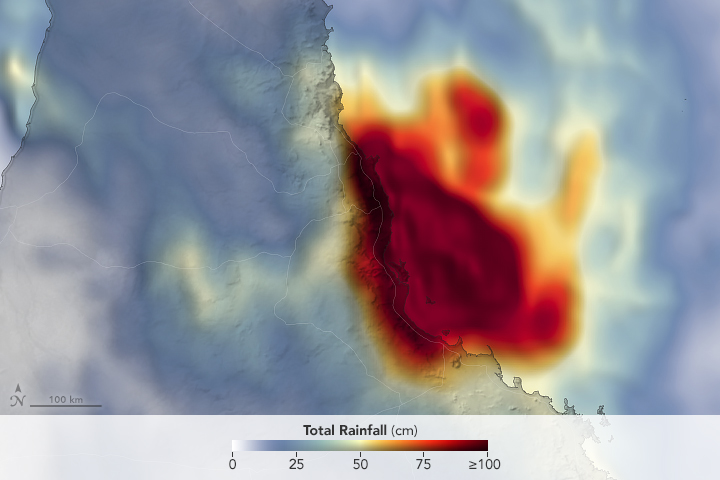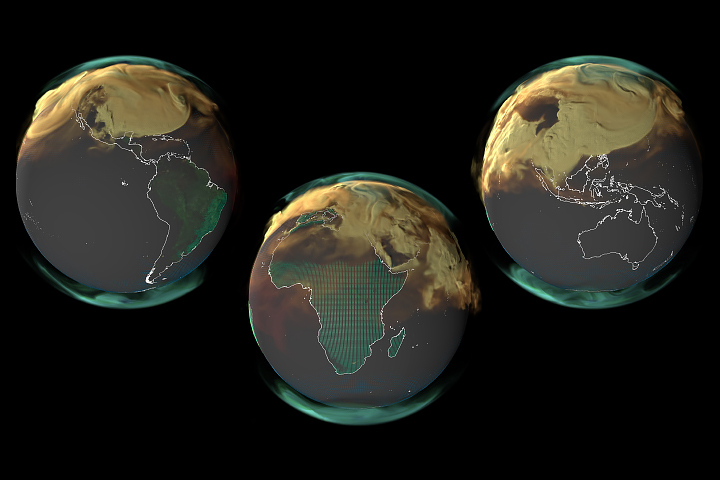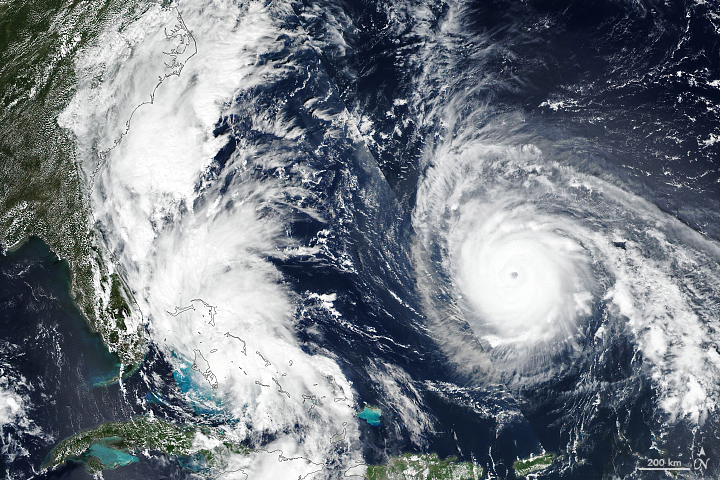



Recent Imagery
You will be directed to the NASA Visible Earth webpage when you select Images by Mission below, or click on the images at right that are randomly generated to represent four out of all possible topics.
You are here
Spaceborne Imaging Radar-C (SIR-C)
Status:
Completed
Mission Category:
Other
Launch Date: April 19, 1994
Spaceborne Imaging Radar-C/X-Band Synthetic Aperture Radar (SIR-C/X-SAR), part of NASA's Mission to Planet Earth, was a joint U.S.-German-Italian project that studied changes to our global environment. The instrument was flown aboard two the space shuttle Endeavour's missions, STS-59 from April 9-20, 1994 and STS-68 from September 30-October 11, 1994.
From the unique vantage point of space, the highly sophisticated imaging radar observed, monitored, and assessed large-scale environmental processes. The spaceborne data, complemented by aircraft and ground studies, gave scientists highly detailed information on climate change and helped them to distinguish natural environmental changes from those that are the result of human activity.
The international community has used the information from SIR-C/X-SAR to make informed decisions about protecting the environment. The images of Earth captured by the radar system have been useful to scientists across a wide range of disciplines. Space radar scientists at the Jet Propulsion Laboratory in Pasadena, California and elsewhere continue to process and analyze images yielded by the shuttle flights. To view the most recently released images from the project, see the NASA JPL SIR-C/X-SAR site.
Key Spaceborne Imaging Radar-C Facts
| Mission/Portal Page: | http://science.nasa.gov/missions/sir/ |
|---|---|
| Origination: | Joint with Germany and Italy |
| Instruments: |
SAR (Synthetic Aperture Radar) SIR-C (Spaceborne Imaging Radar C) |
| Project Scientist(s): |
Diane Evans |
| Other Key Personnel: |
SIR-C German Project Scientist : Herwig Ottl SIR-C Italian Project Scientist : Mario Calamia |
Relevant Science Focus Areas:
- Carbon Cycle, Ecosystems, and Biogeochemistry
- Climate Variability and Change
Relevant Science Questions:
- How is the global Earth system changing?

